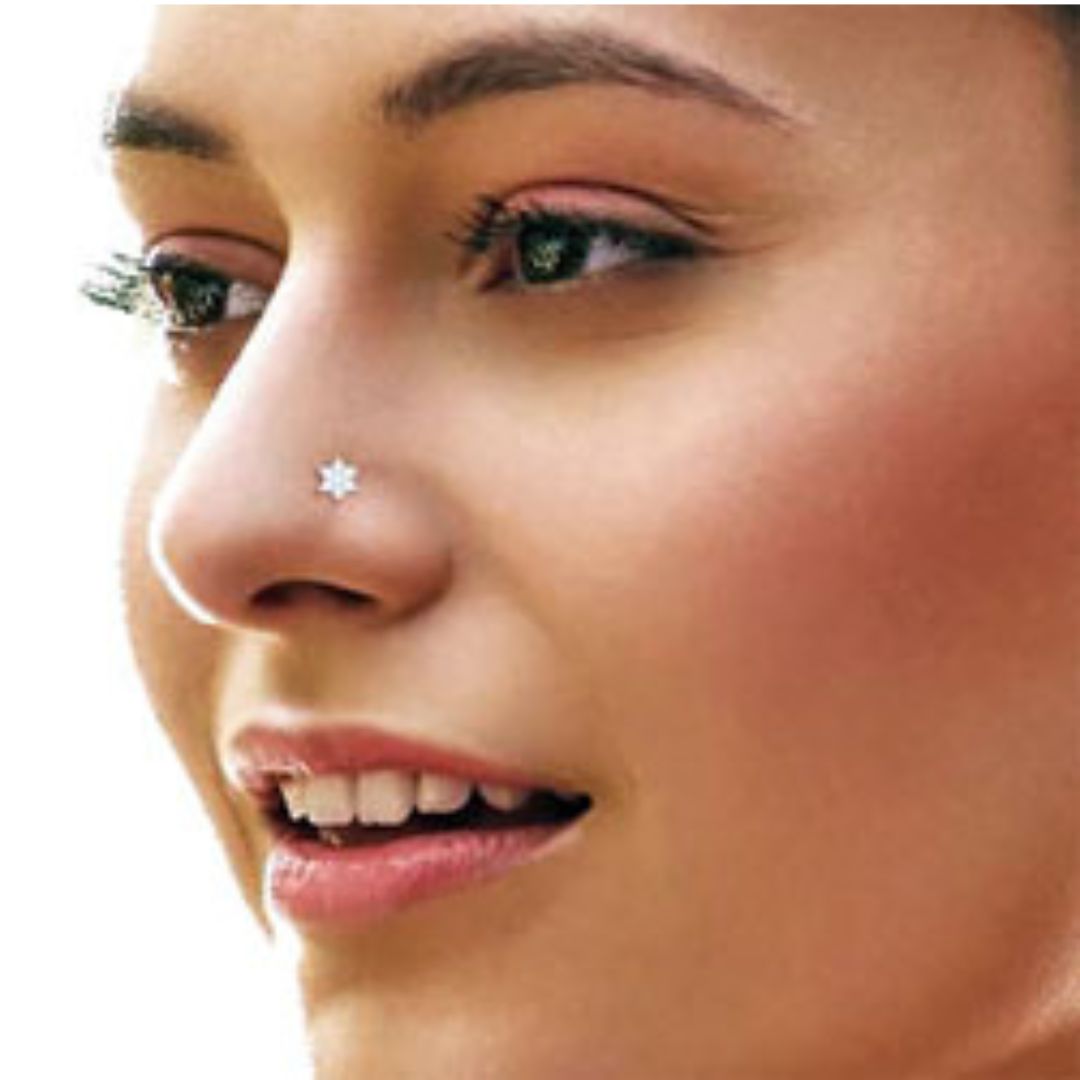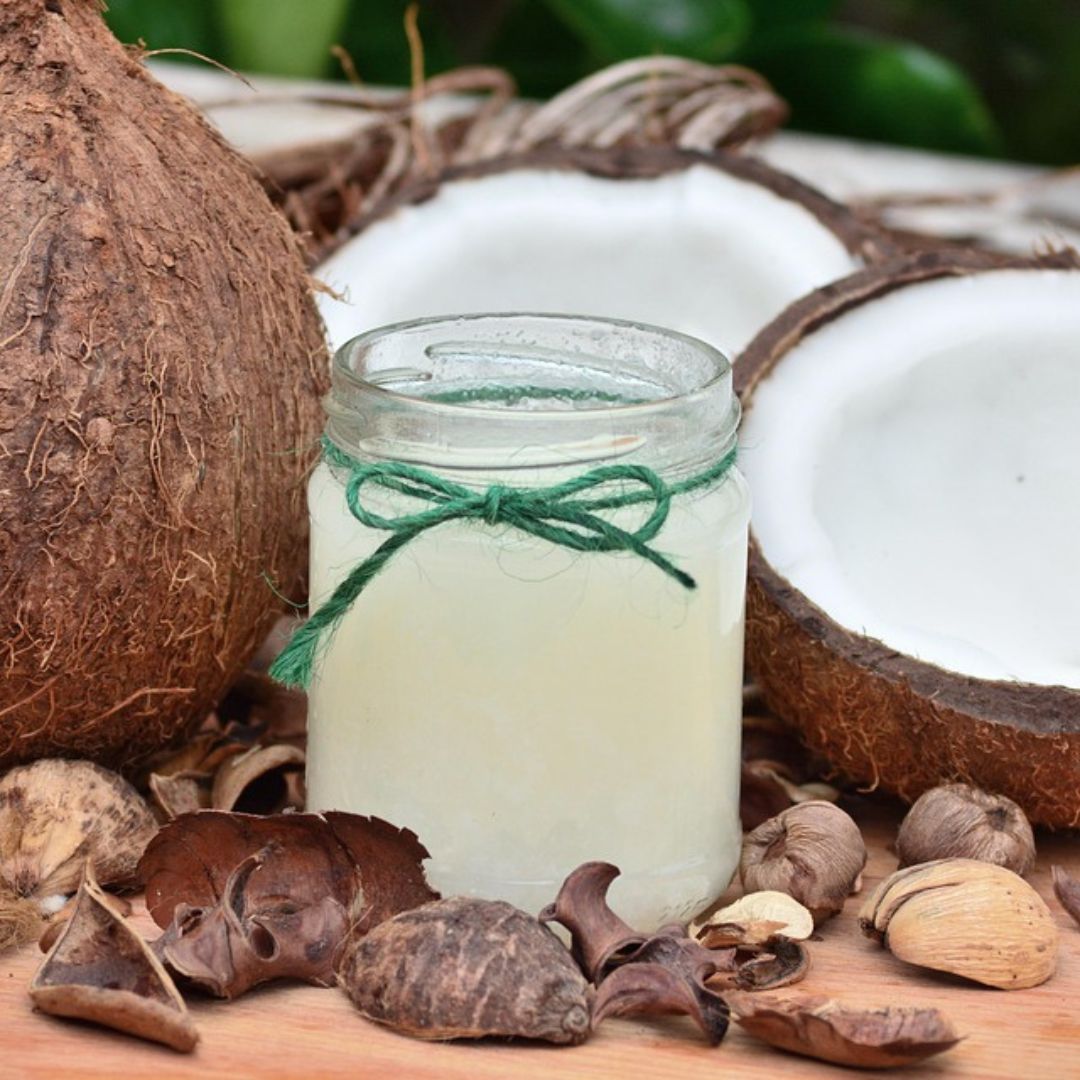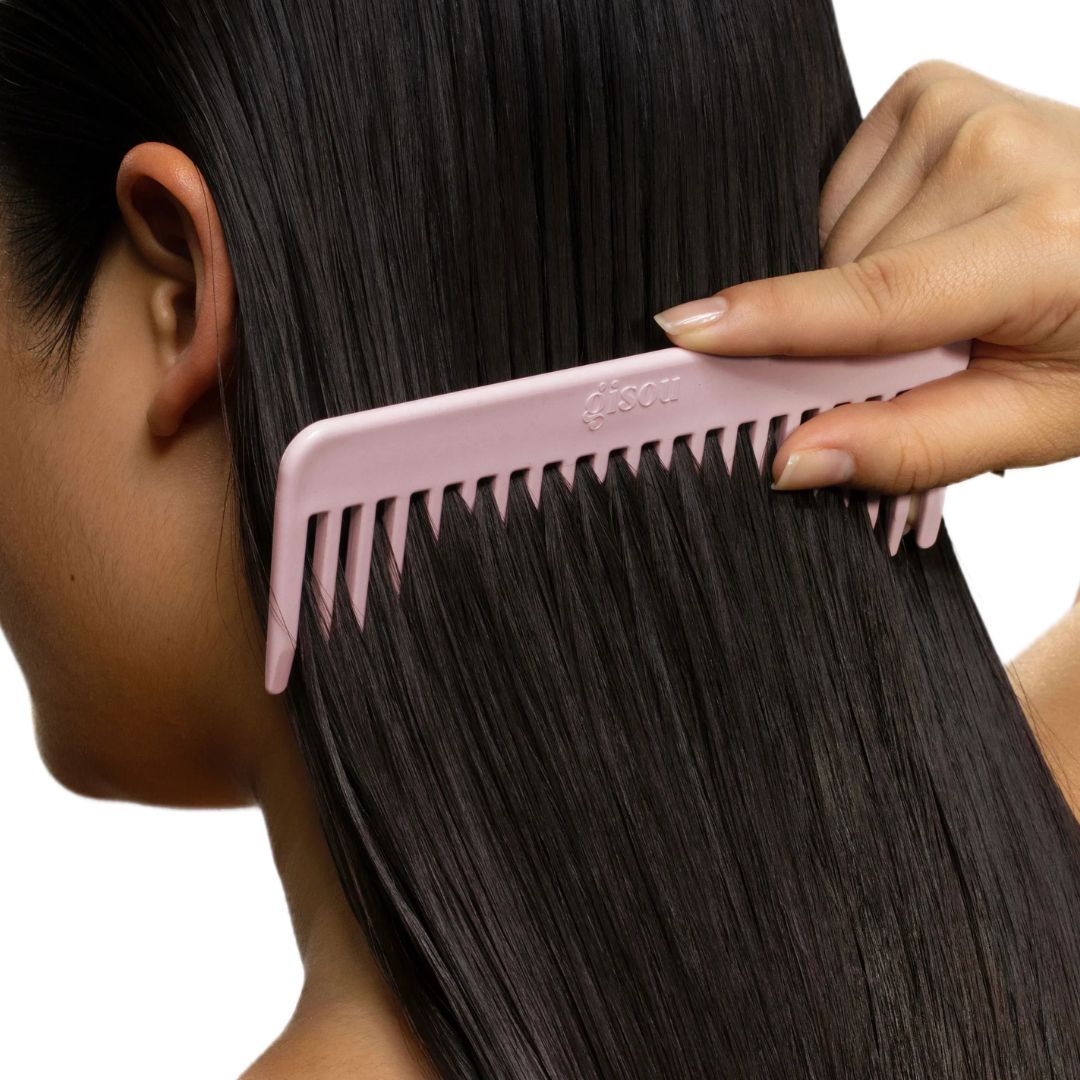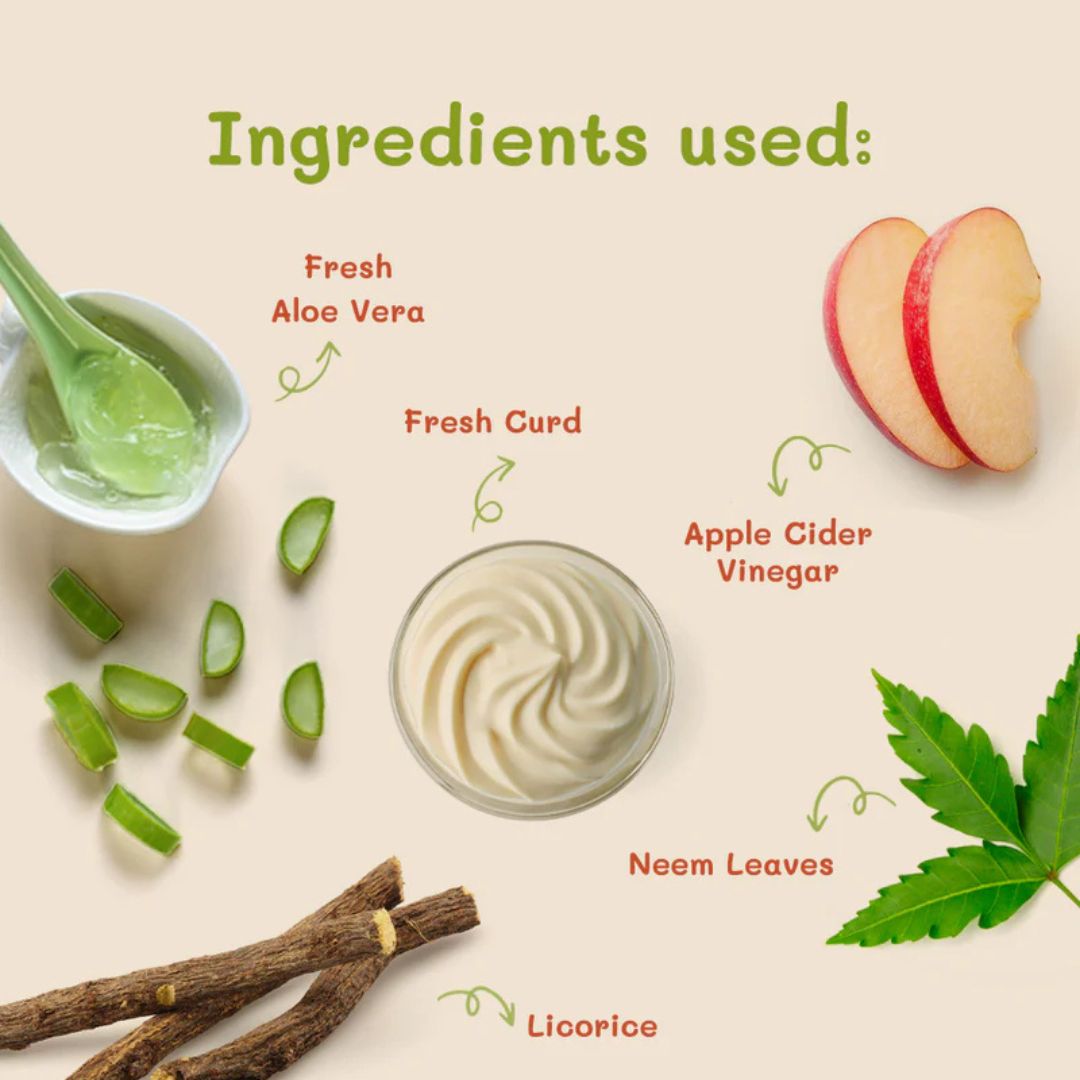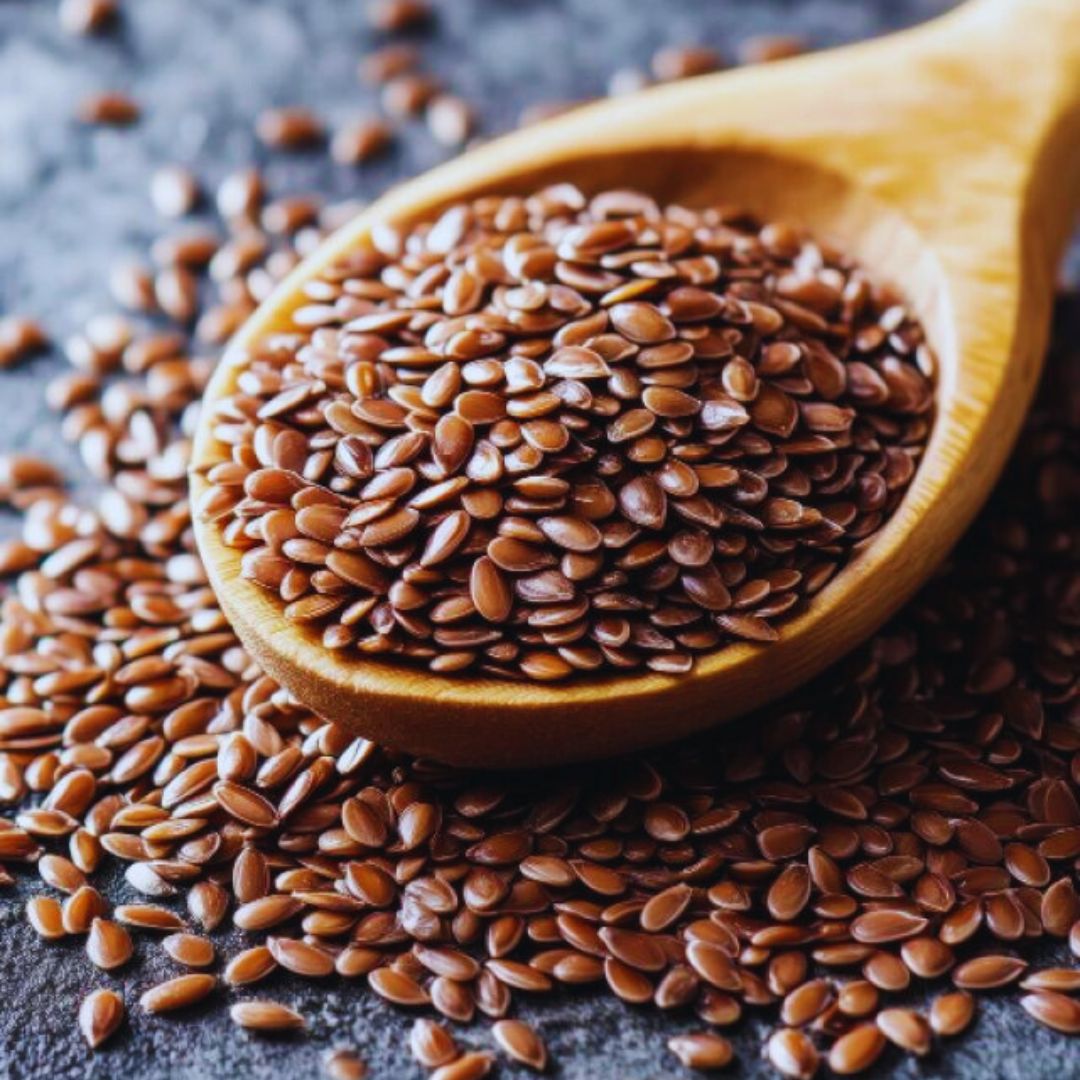What Are Nose Piercings? Scientific Reasons, Cultural Significance & Modern Meaning (Best Knowledge For Nose Piercing)
Nose piercing is one of the most ancient and widely practiced forms of body adornment, with roots in tradition, spirituality, medicine, and modern fashion. Whether you’ve been curious about its origins, the scientific reason behind it, or you’re just considering getting one yourself—this guide offers everything you need to know about nose piercings.
🧭 Table of Contents (Best Knowledge For Nose Piercing)
- Introduction to Nose Piercings
- History and Cultural Roots
- Types of Nose Piercings
- The Science Behind Nose Piercing
- Health Benefits (According to Ayurveda & Acupressure)
- Risks and Side Effects
- Healing Time & Aftercare
- Jewelry Options
- Nose Piercing and Personality
- FAQs
- Final Thoughts
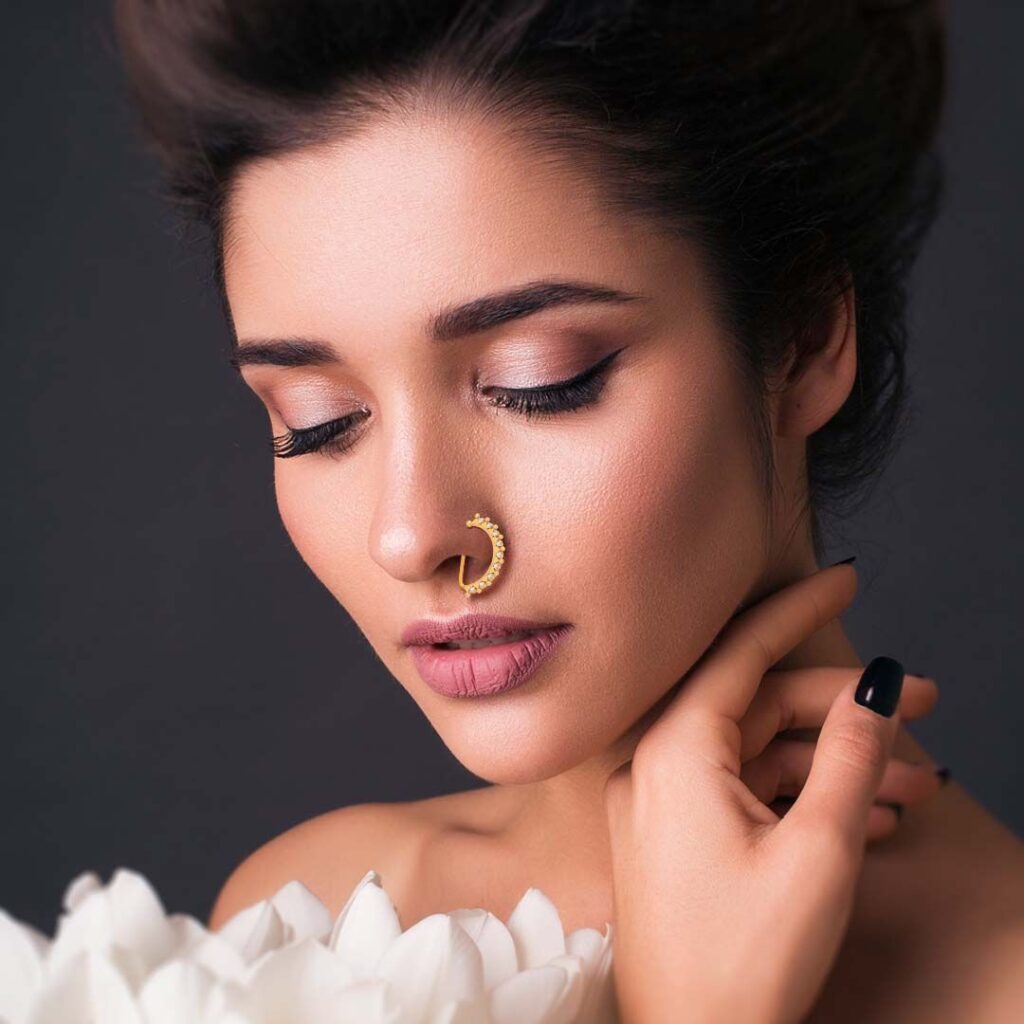
🌍 1. Introduction to Nose Piercings (Best Knowledge For Nose Piercing)
Nose piercing involves creating a small opening in the skin or cartilage of the nose to insert jewelry. It’s commonly done on the nostril, septum, or bridge. Though primarily a form of adornment, nose piercing carries deeper cultural, emotional, and even medical significance depending on the tradition and individual.
🏺 2. History and Cultural Roots (Best Knowledge For Nose Piercing)
Nose piercings date back more than 4000 years and are mentioned in ancient Middle Eastern texts and Indian Ayurveda.
India
- Nose piercing is believed to have come to India from the Middle East in the 16th century via the Mughal empire.
- Worn traditionally by Indian women on the left nostril, it’s believed to be connected to female reproductive health (more on this below).
- It’s an integral part of bridal adornment in Hindu weddings.
Middle East & Africa
- Among Bedouin and Berber tribes, a nose ring symbolized wealth and status.
- It was sometimes part of a dowry and could be reclaimed by the bride if divorced.
Western World
- In the 1960s-70s, nose piercing was adopted by the hippie movement and later punk culture.
- Today, it is a mainstream fashion statement worldwide.
🔎 3. Types of Nose Piercings (Best Knowledge For Nose Piercing)
| Piercing Type | Location | Pain Level | Healing Time |
|---|---|---|---|
| Nostril | Side of the nose | 3–4/10 | 2–4 months |
| Septum | Between nostrils (soft part) | 5–6/10 | 1–3 months |
| High Nostril | Higher up the nasal bone | 6–7/10 | 3–6 months |
| Bridge | Skin across the nose bridge | 7–8/10 | 4–6 months |
| Nasallang | Horizontal through both nostrils and septum | 9/10 | 6–12 months |
Each type comes with its own aesthetic, healing period, and care requirements.
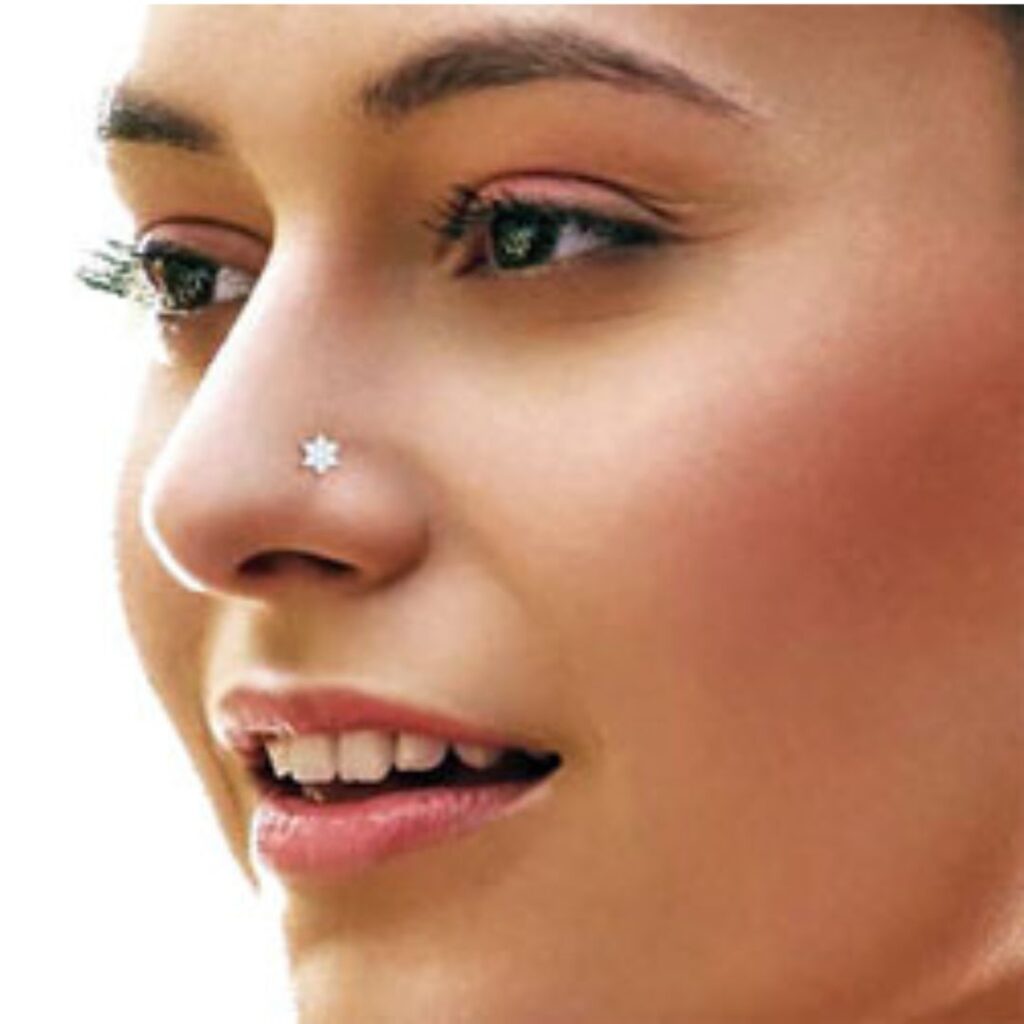
🧪 4. The Science Behind Nose Piercing (Best Knowledge For Nose Piercing)
You might be surprised to learn that nose piercings aren’t just cultural or aesthetic. There are some scientific and physiological explanations behind them:
A. Acupuncture & Acupressure Theory
- In Traditional Chinese Medicine (TCM), areas of the body are connected through meridian points.
- The left nostril is connected to the female reproductive system, particularly the uterus.
- Stimulating this area may relieve menstrual pain, ease childbirth, and balance hormones.
B. Ayurvedic Connection
In Ayurveda, piercing the left nostril is believed to:
- Make menstruation smoother
- Reduce labor pains
- Promote overall reproductive health
This belief is why many Indian women traditionally get the left side pierced before marriage.
C. Neurological Basis
- The septum piercing hits nerve endings that connect to the vagus nerve, which can influence mood, relaxation, and heart rate.
- Stimulating this area may promote a sense of calm, similar to ear acupressure.
🌿 5. Health Benefits of Nose Piercing (Best Knowledge For Nose Piercing)
While not universally accepted in mainstream medicine, holistic practitioners and alternative medicine experts point to a few potential benefits:
✅ 1. Menstrual Relief
As per Ayurvedic belief, women who get their left nostril pierced may experience less cramping and more regular cycles.
✅ 2. Enhanced Breathing
Septum piercings, if aligned properly, are said to improve airflow in certain nasal cavities—though more anecdotal than scientific.
✅ 3. Stress Relief
Acupressure points near the septum and nostril can reduce anxiety and stress, aligning with modern pressure point therapies.
✅ 4. Symbolic Healing
Some believe that piercings act as energy “release points,” letting go of trauma or stuck emotions.
⚠️ 6. Risks and Side Effects (Best Knowledge For Nose Piercing)
Like all body modifications, nose piercings have associated risks:
❌ Common Risks:
- Infection
- Keloids or hypertrophic scarring
- Jewelry rejection or migration
- Pain or swelling
- Difficulty breathing (in rare septum cases)
❌ Additional Concerns:
- Cartilage piercings like the bridge or high nostril heal slower and have higher risk of infection.
- Cheap metals can cause allergic reactions. Always opt for surgical steel, titanium, or 14k+ gold.
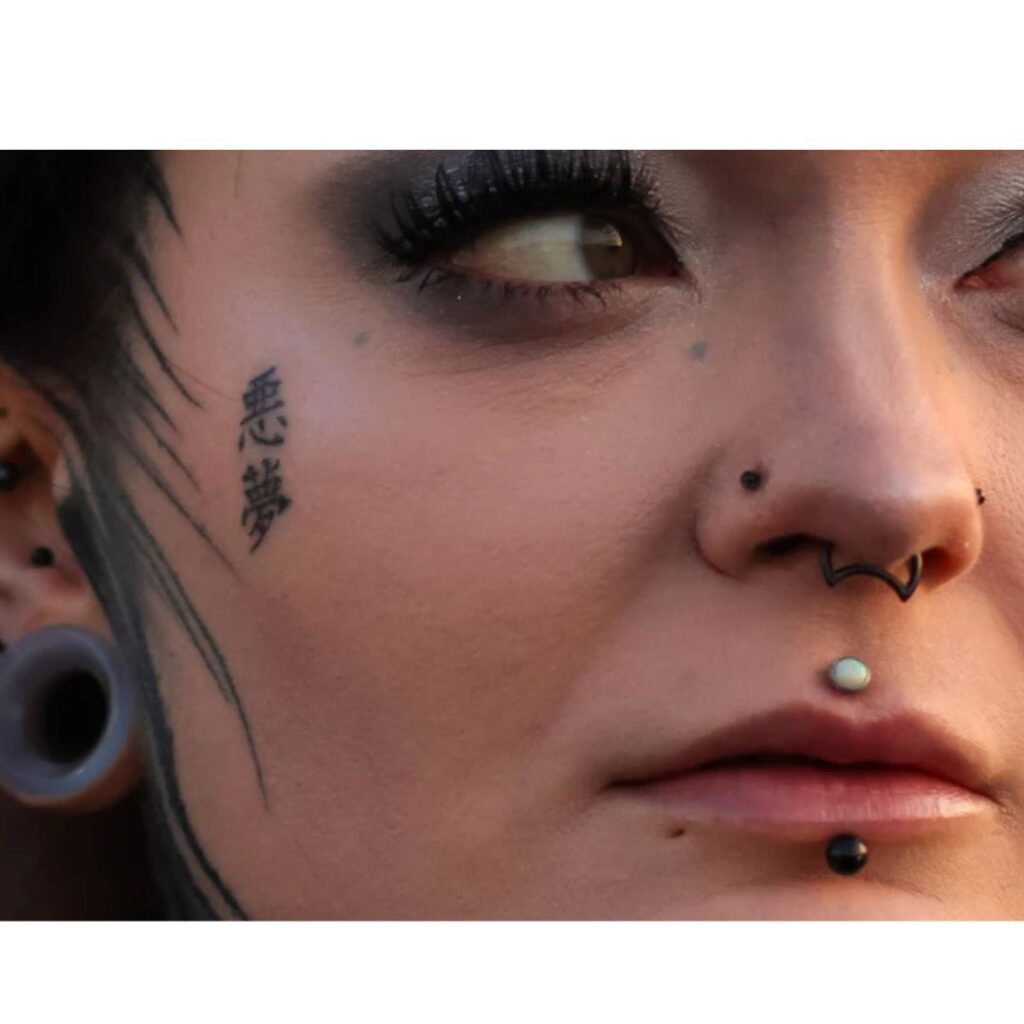
⏳ 7. Healing Time & Aftercare Tips (Best Knowledge For Nose Piercing)
Healing Timeline:
- Nostril: 2–4 months
- Septum: 1–3 months
- Bridge/High Nostril: 4–6+ months
Aftercare Dos:
- Clean with saline solution twice a day.
- Avoid touching the piercing with unwashed hands.
- Pat dry with clean tissue or paper towel.
Aftercare Don’ts:
- Don’t twist or turn jewelry.
- Avoid makeup or skincare near the piercing.
- Don’t remove jewelry early—it can close up fast.
💎 8. Choosing the Right Nose Jewelry (Best Knowledge For Nose Piercing)
Material:
- Hypoallergenic options: Titanium, surgical steel, niobium
- Luxury: 14k or 18k gold, platinum
- Avoid: Nickel-based metals (may cause irritation)
Style:
| Jewelry Type | Best For | Look |
|---|---|---|
| Nose Stud | Nostril piercings | Minimal, elegant |
| Nose Ring | Nostril or septum | Trendy, boho |
| Septum Clicker | Septum piercing | Bold, tribal or chic |
| L-shaped Pin | Easy to insert | Secure fit |
🧠 9. Nose Piercing and Personality (Best Knowledge For Nose Piercing)
Psychologically, people who choose nose piercings often express:
- Rebellion or non-conformity
- Deep cultural pride or heritage
- Creativity and spiritual depth
- A desire to embrace or honor pain as transformation
In modern fashion, nose piercings are also linked to confidence and individuality.
❓ 10. Frequently Asked Questions (FAQs) (Best Knowledge For Nose Piercing)
Q1. Does a nose piercing hurt?
- Yes, but briefly. Pain is usually rated 3–6/10, depending on placement and tolerance.
Q2. Can I pierce my nose at home?
- Not recommended. DIY piercings risk infection, poor placement, and long-term damage.
Q3. Can I wear makeup with a new piercing?
- Avoid any foundation, concealer, or powder near the area for the first 4–6 weeks.
Q4. Will my piercing leave a scar?
- If healed properly, most piercings leave minimal to no visible scars. However, improper aftercare can cause noticeable scarring.
Q5. Can I remove it temporarily?
- Don’t remove new jewelry for at least 3–6 months. After that, short removals (few hours) are okay but may still close.
🧾 11. Final Thoughts: Should You Get a Nose Piercing? (Best Knowledge For Nose Piercing)
A nose piercing is more than just a hole in your face. It’s a cultural symbol, a scientific marvel, a fashion statement, and even a healing modality depending on who you ask. Whether you’re doing it for style, tradition, or health, ensure you get it done professionally, hygienically, and intentionally.
✅ Pros:
- Enhances facial features
- Rich cultural & spiritual meaning
- Possible health benefits
- Low-maintenance long term
❌ Cons:
- Risk of infection or scarring
- Pain/discomfort during healing
- Jewelry restrictions in certain workplaces
📌 Pro Tip: (Best Knowledge For Nose Piercing)
If you’re unsure which nostril to pierce, go with the left for Ayurvedic benefits—or whichever side complements your facial structure!
Would you like this blog tailored for SEO with keywords like “best nose piercing jewelry,” “nose piercing benefits,” or “how to clean a nose piercing”? Or formatted in HTML for publishing? Let me know!
